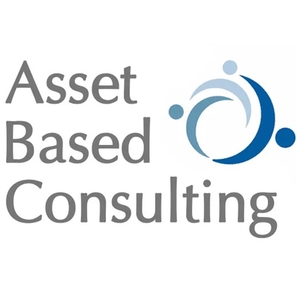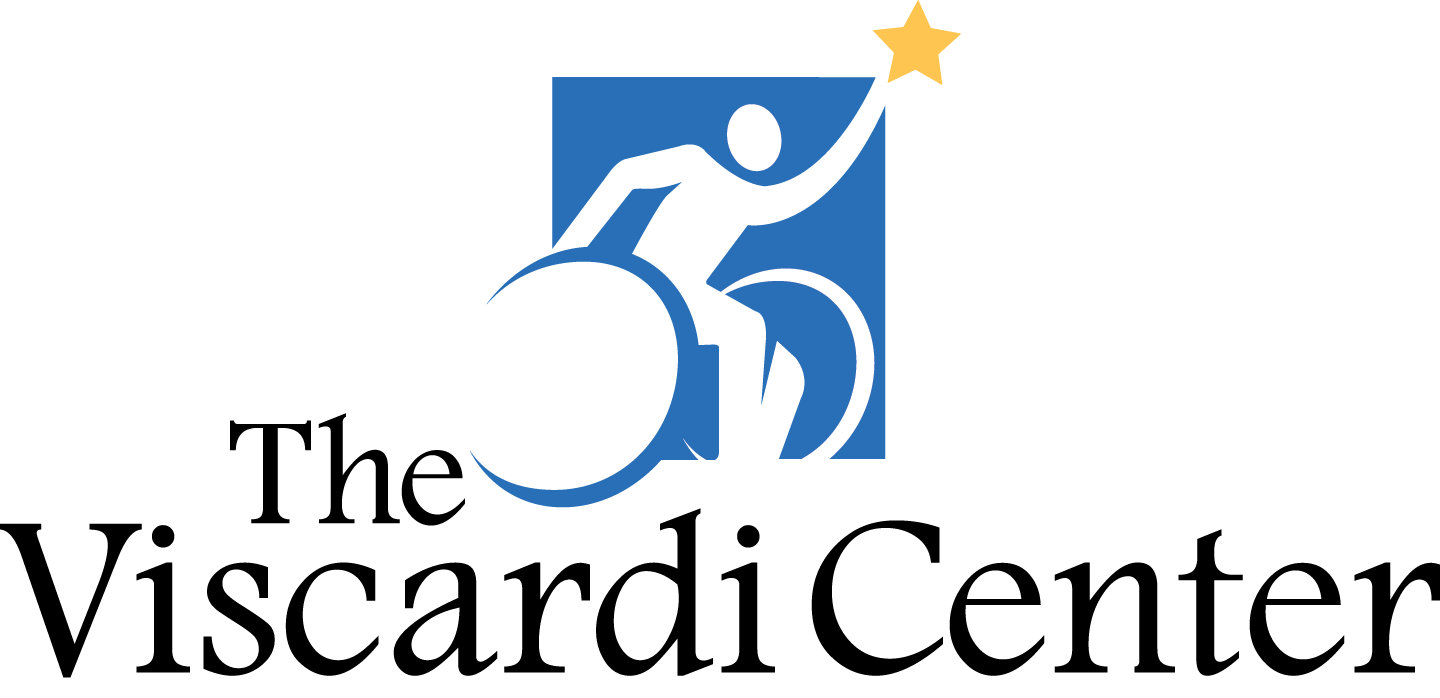By Mary Liz McNamara & Michelle Witman
We live in a digital age. When we write a blog, draft an email, prepare a presentation or post on social media, we are creating digital content, which we can call digital assets. And we use these assets to convey thoughts, to teach, to learn and to collaborate.
For companies and organizations, an accessible digital space is imperative for success. And companies should be applauded for their commitment to compliance.
To maximize our potential audience, we should go beyond the baseline of compliance and anticipate our neurodiverse audience’s range of experience, including usability of the content. We use concepts of Universal Design when we create digital assets with accessibility and usability in mind. Considering the needs and preferences of a neurodiverse audience will create value and increase usability for all of your digital assets.
Neurodiversity posits that there are natural differences in neuroanatomy that result in variations of human brain functioning and differences in the way humans experience the world. Neurodivergent and neurotypical people receive and engage with digital information in different ways. By employing Universal Design concepts, an organization can create digital assets that are easily accessed by all, including those who identify as neurodivergent, and send a message that effective communication to everyone matters.
Here are some ways your company can use Universal Design concepts to create digital content with everyone in mind:
Keep your language simple and clear.
- Use plain language and simple sentences.
- Review your writing for technical language – if you use a technical term, be sure to define it.
- Spell out acronyms the first time they are used.
- When you use a statistic, check to make sure it is relevant to your message. Consider attaching an image or example to help illustrate its meaning.
- Using idioms, humor, or references can add value to your asset but they may require extra effort to understand. Make sure to add context as needed to help interpret or infer meaning.
Guide your audience by creating a predictable layout. Don’t inadvertently cause confusion.
- Create a pathway. If your digital asset has images or graphic content, create a layout that will guide your audience. Most people will scan a screen from left to right, and from top to bottom. Use this pathway to plan your layout and design.
- Use headings. Headings will let your audience and screen reader know how the content is organized and quickly locate the information they need.
- Chunk information. Try to avoid long paragraphs by breaking your writing into manageable chunks. This will help with organization, identifying important information and provide your audience with breaks.
- Explain graphs, charts and tables. Keep graphics simple and provide context so that people understand why the information has been included.
- Highlight your main message by providing a recap, summary or major takeaways at the end.
Make the asset as easy to access as possible by considering some simple creative design tips.
- Declutter! Take a few moments to ensure that your visual assets aren’t overwhelming.
- Double check to make sure your images add value. Confirm that the images amplify or support your message.
- Consider your space. Keep spacing between words consistent for your reader. Make sure there is ample space between images and text.
- Check for distractions. Are there words, quotes, graphics or design elements that may cause confusion or draw the audience away from your message?
- Color is an important component of creating digital assets! We want to check for color contrast. Be sure not to use color alone to demonstrate meaning or imply importance.
- Fonts:
- Use sans-serif fonts. These are fonts that are simple in design and do not have any additional strokes, called serifs, at the edge of letters. Serifs make the font harder to decode for many readers.
- Make sure your font size is large enough that readers don’t need to enlarge their screen view size to read your content.
The steps you take today, focusing on clarity, access and organization, can help to make your digital assets fully accessible and welcoming for a neurodiverse audience, ensuring that your content is meaningful and usable…by everyone.
Learn more about Digital Accessibility Services that can assist.
 |
Mary Liz McNamara & Michelle Witman Co-founders of Asset Based Consulting |

